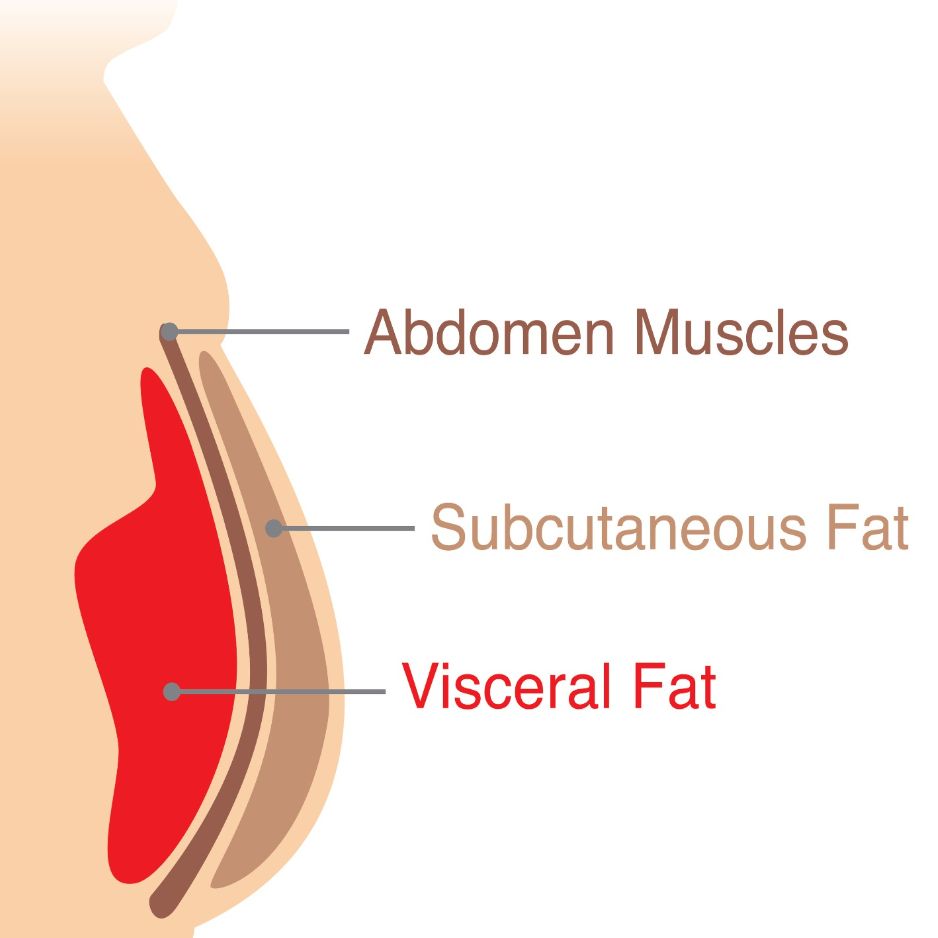How to Get Shredded: Science-Backed 12-Week Plan
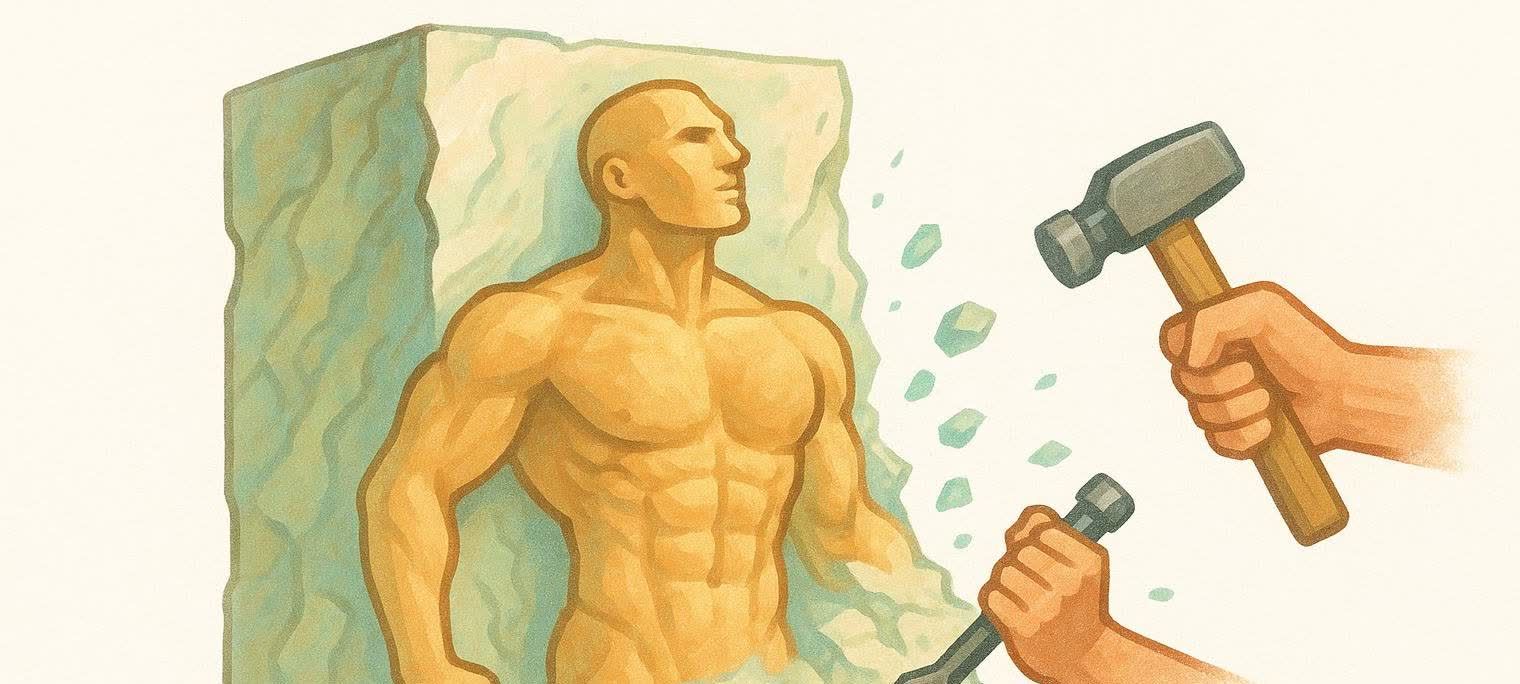
How to Get Shredded: Science-Backed 12-Week Plan
Ready to trade soft edges for razor-sharp definition? Getting shredded—dropping enough body fat to reveal crisp muscle striations—takes more than recycled fitness advice and bland diet clichés. It’s a calculated blend of nutrition, training, recovery, and data tracking.
This guide hands you a step-by-step roadmap grounded in peer-reviewed research and trends observed across thousands of BodySpec client scans. Whether you’re an office warrior chasing your first six-pack or a seasoned lifter pushing toward single-digit body fat, you’ll learn exactly how to:
- Create a smart calorie deficit that melts fat without sacrificing muscle.
- Dial in macros (yes, carbs can stay on the menu).
- Structure workouts that torch calories and preserve strength.
- Recover like a pro so hormones and joints stay happy.
- Use DEXA scans to verify you’re losing fat—not hard-earned muscle.
Let’s cut through the noise and get to the science—and then the shred.
Table of Contents
- The “Shredded” Equation
- Find Your Starting Line With DEXA
- Nutrition: Building a Sustainable Calorie Deficit
- Training: 12-Week Phase Plan
- Recovery, Sleep, and Stress Control
- Tracking Progress: Metrics That Matter
- Common Pitfalls to Avoid
- FAQs
1. The “Shredded” Equation
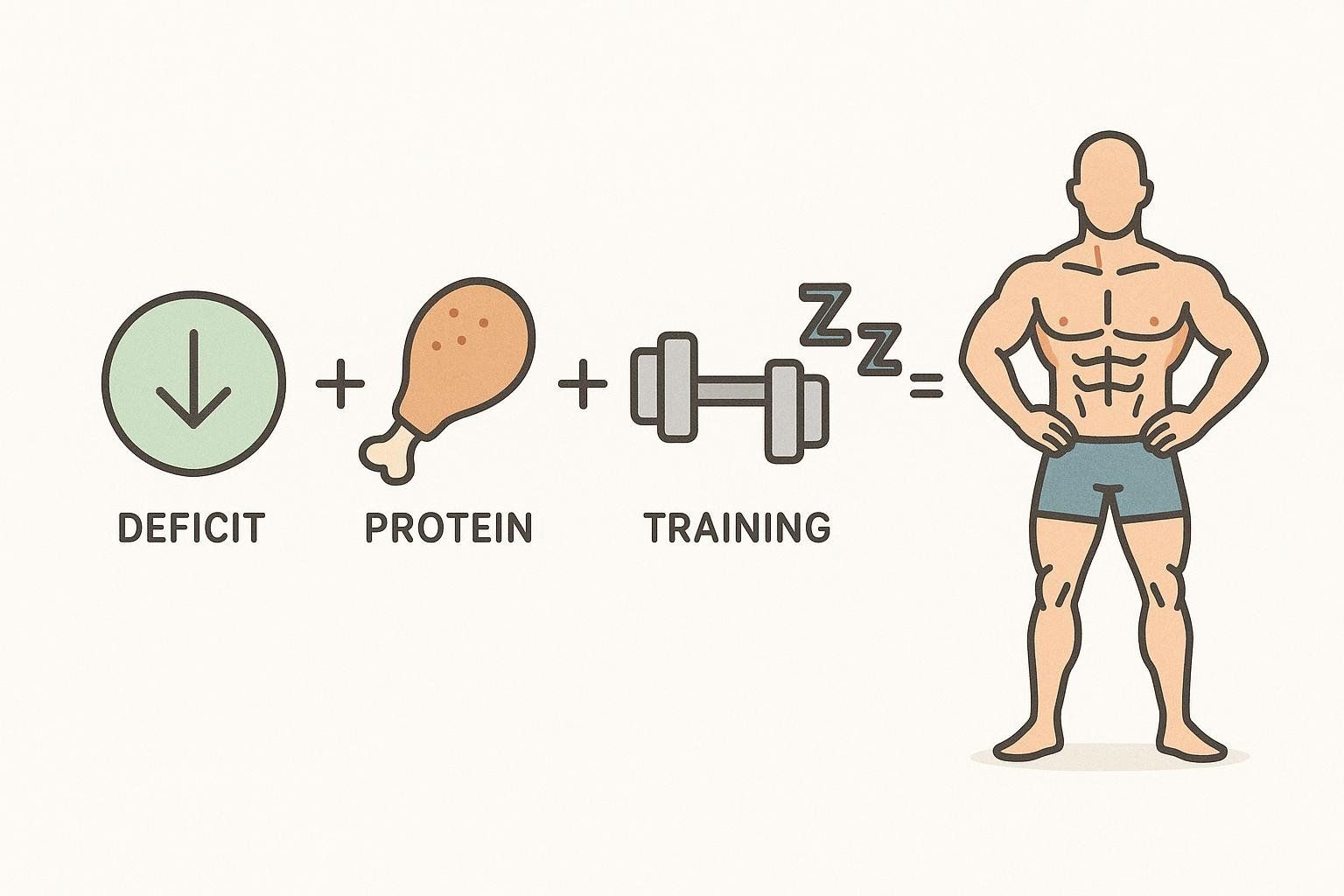
Calorie Deficit (15–25%) + Adequate Protein (1.6–2.4 g/kg) + Progressive Resistance Training + Sufficient Recovery = Fat Loss with Muscle Retention
Miss any variable and the wheels wobble—think stalled fat loss, strength nosedives, or “skinny-fat” purgatory.
Why Moderate Beats Extreme
Slower fat-loss rates consistently spare muscle better than crash dieting. For instance, one study on weight loss found a moderate calorie deficit preserved more lean mass than a severe one.
2. Find Your Starting Line With DEXA
Before slashing calories, get objective intel on your current body composition. A BodySpec DEXA scan breaks down:
- Total and regional body fat
- Lean mass in each limb
- Visceral fat around your organs
- Bone density
Knowing these baselines lets you set concrete targets—e.g., “Lose 6 lbs of fat while keeping lean mass within 1 lb.” Learn how to read your results in Interpreting DEXA Scan Results.
Pro tip: Schedule a follow-up scan at Week 6 and Week 12 to confirm you’re on course.
3. Nutrition: Building a Sustainable Calorie Deficit
How Many Calories Should You Eat?
- Estimate TDEE (Total Daily Energy Expenditure). Use our free Weight Loss by Date Calculator or, as a starting point, a common estimation method is to multiply your body weight in pounds by 14 (sedentary) up to 16 (very active).
- Create a 15–25% deficit. Example: If TDEE is 2,600 kcal, start with ~2,100–2,200 kcal.
- Re-assess every two weeks. If weight isn’t dropping ~0.5–1% of body weight weekly, trim 100–150 calories or add one 30-minute low-intensity cardio session per week to deepen the deficit.
Protein: Your Muscle Insurance Policy
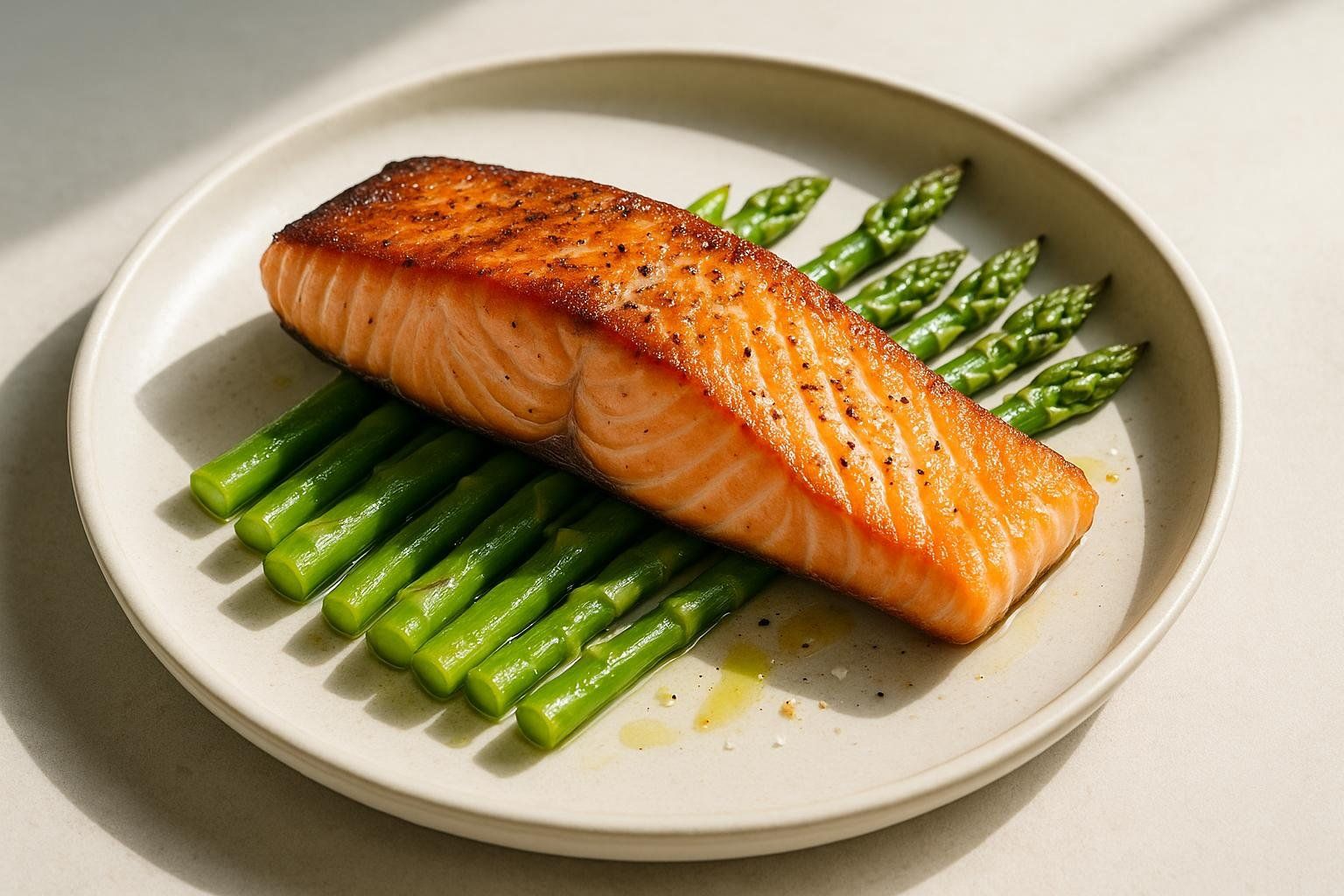
A meta-analysis suggests 1.6 g/kg/day maximizes muscle retention, with benefits up to 2.4 g/kg in lean or highly trained athletes, according to a comprehensive guide on protein intake.
- 180-lb (82 kg) lifter → 130–195 g protein/day.
- Spread across 3–5 meals for optimal muscle-protein synthesis.
Carbs & Fats: Fueling the Shred
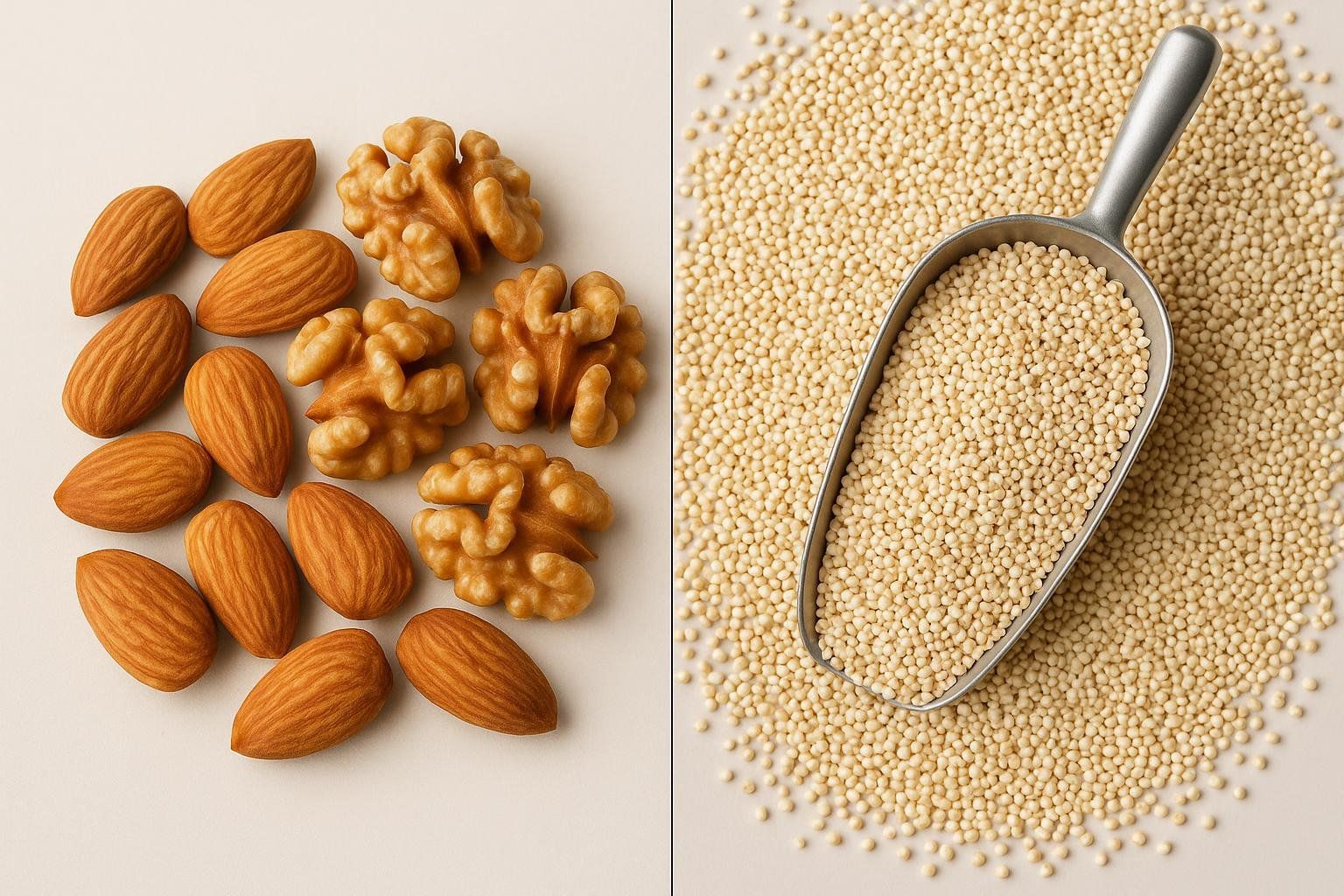
With protein set, allocate your remaining calories to carbs and fats to fuel workouts and support hormones. Here’s how:
-
Set Your Fat Intake: The International Society of Sports Nutrition (ISSN) recommends a minimum of 0.5 grams per kilogram of body weight per day during a cutting phase to support hormonal function, as detailed in their position stand on nutrient timing.
- Example (180-lb / 82 kg person): 82 kg × 0.5 g/kg = ~41 g fat.
-
Allocate Remaining Calories to Carbs: Once your protein and fat targets are set, carbohydrates will make up your remaining calories. They are crucial for fueling intense workouts.
- Continuing the example: If your target is 2,100 kcal and you’ve allocated 780 kcal to protein (195 g) and 369 kcal to fat (41 g), you have ~951 kcal left for carbs—or about 238 g.
Consider carb cycling: on rest days, drop carbs by 20–30% and keep protein steady—slightly increasing fats if needed—to create a larger calorie deficit while maintaining satiety.
For a deeper dive into balancing macronutrients, see our comprehensive guide to The Basics of Macros.
4. Training: 12-Week Phase Plan
The goal: maintain—or even gain—strength while cranking up calorie burn.
Macro-Cycle Snapshot

| Phase | Weeks | Primary Focus | Split Example |
|---|---|---|---|
| Foundation | 1–4 | Movement quality & volume | Upper/Lower 4-day |
| Intensification | 5–8 | Heavier loads, lower reps | Push/Pull/Legs 5-day |
| Refine & Peak | 9–12 | Supersets, metabolic finishers | Full-body 3-day + HIIT |
Strength Work

- Compound first. Squat, bench, deadlift, pull-up, overhead press.
- 3–5 sets, 4–8 reps during the Intensification phase.
- Leave 1–2 reps in the tank—you’re in a deficit, so avoid grinder reps that spike fatigue.
Conditioning
- HIIT (High-Intensity Interval Training): 2 sessions/week, 15–20 min. Example: Assault bike 20-sec sprint / 100-sec easy x 8 rounds.
- Low-Intensity Steady State (LISS): 1–3 sessions, 30–40 min brisk incline walk.
- NEAT Hacks: Park farther, take walking meetings, pace on phone calls.
For more detail, see Best Cardio for Fat Loss.
5. Recovery, Sleep, and Stress Control
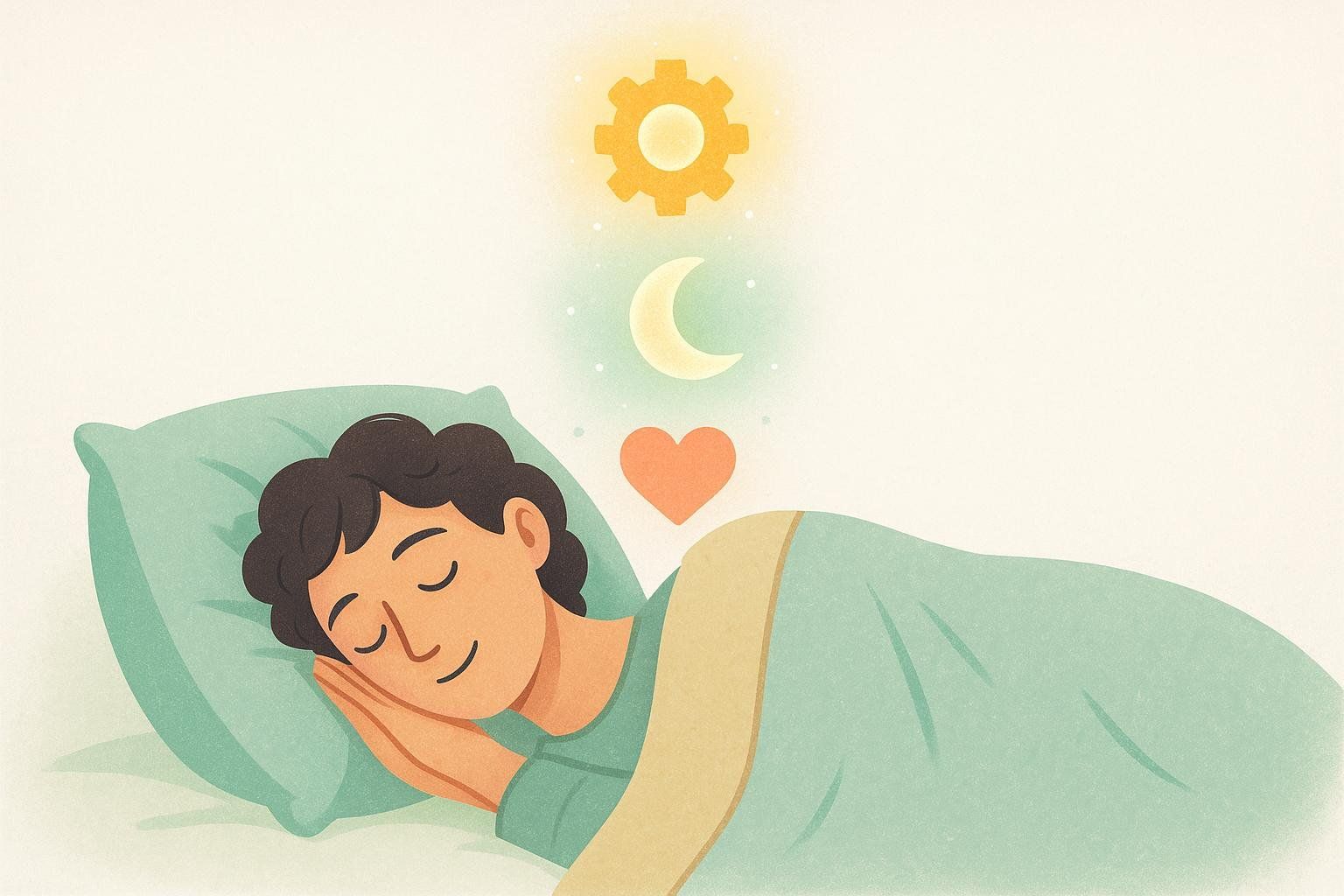
- Sleep 7–9 hours. A controlled lab study published in the Annals of Internal Medicine found that cutting sleep to 5.5 h per night reduced the proportion of weight lost as fat by 55% and increased lean-mass loss versus 8.5 h.
- Deload every fourth week if performance tanks.
- Mind cortisol. Chronic stress elevates the hormone linked to abdominal fat; try 5-minute breathing drills or walks. Dive deeper in Fat Loss Factors: Stress.
6. Tracking Progress: Metrics That Matter
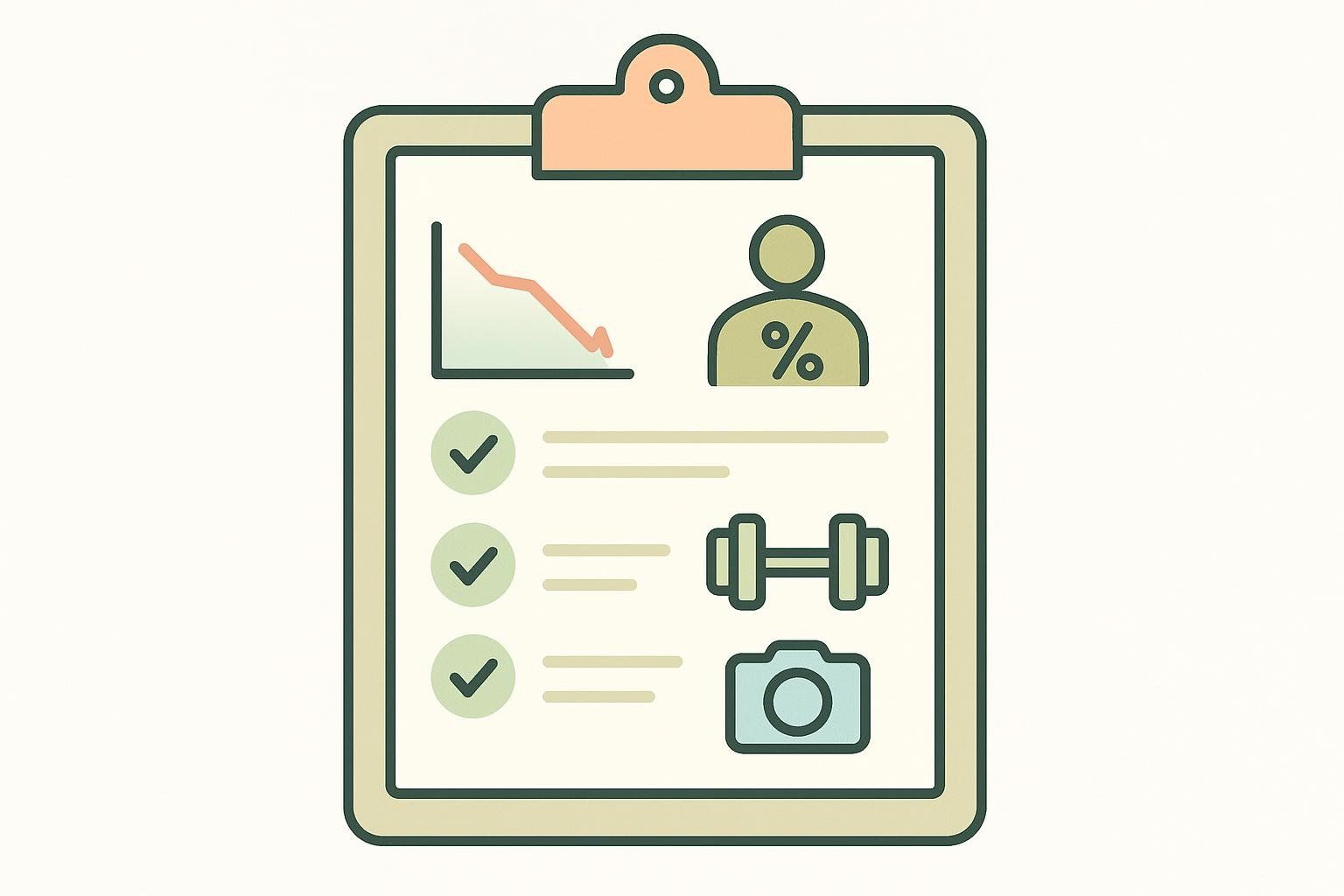
| Metric | Frequency | Green Flag |
|---|---|---|
| Body weight | Daily (use weekly average) | 0.5–1% drop per week |
| DEXA body-fat % | Weeks 0, 6, 12 | ≥75% of weight loss from fat |
| Waist circumference | Weekly | 0.25–0.5″ drop |
| Strength (major lifts) | Weekly | ≤5% loss over 12 weeks |
| Photos & feel | Bi-weekly | Increased vascularity, stable energy |
7. Common Pitfalls to Avoid
- Slashing calories too fast. Muscle goes with it.
- Cardio only. You’ll become a smaller version of the same shape.
- Protein neglect. Hello, hangry and catabolic.
- Sleep sacrifice. Recovery governs everything.
- Scale obsession. Verify composition with DEXA, not just pounds.
8. FAQs
How long does it take to get shredded?
Expect 8–12 weeks for visible definition if you’re starting at ~18–20% body fat (men) or ~25–28% (women). Lower starting points shorten the timeline; higher points lengthen it.
Do I need supplements?
Whey protein, creatine, and caffeine can help performance but aren’t magic. Fix calories and training first.
Can women get shredded without “bulking up”?
Absolutely. Women have lower testosterone, so muscle growth is gradual. The same deficit + protein + lifting combo works—just adjust calorie targets.
What body fat percentage shows abs?
Generally <12% for men and <20% for women, but genetics matter. See our Visible Abs Guide.
Why is my weight stuck?
You may be losing fat and gaining water or muscle. Re-scan with DEXA or read Metabolic Adaptation: Why Your Weight Loss May Plateau.
Ready to Track Your Shred?
Book your baseline BodySpec scan today, then return in six weeks to see the fat-mass drop documented clearly in your detailed report. Your future shredded self will thank you.
